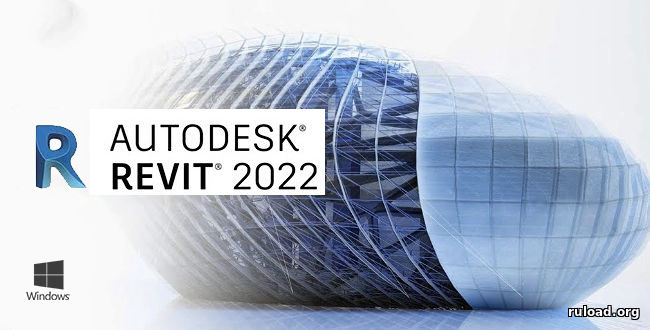
This is great when you need to extend grids in the vertical plane, previously you would need to do this in a section or elevation. They have now arrived with Revit 2022! They have a very similar look and feel as the levels and can be edited in the 3D view.

This was a very welcome addition but what we really needed was 3D grids. In the example below, a retaining wall has been modelled and reinforced for a carpark.Ī few years back, Autodesk added 3D levels that could be seen and edited in the 3D model. You can set both an interior and exterior angle for the wall which will remain consistent when walls have different heights and levels. You can now create tapered walls which are useful when working with retaining structures. Let us start by looking at some of these core improvements. This is significant and highlights that Autodesk are starting to improve the core tools which, of course, will benefit many industry sectors. However, there is a really strong set of platform tools this year which I genuinely think that many will find useful and use on a day-to-day basis. This year follows a similar theme to Revit 2021 with a focus on improving the steel modelling workflows and continuing to build on the reinforcement tools. In this review we will take a look at the new structural features and improvements and also talk about the all-important platform tools that underpin the Revit 2022 platform. After the most unusual year that many of us have experienced, the new release of Autodesk Revit 2022 will hopefully be the dawn of a brighter year.


 0 kommentar(er)
0 kommentar(er)
